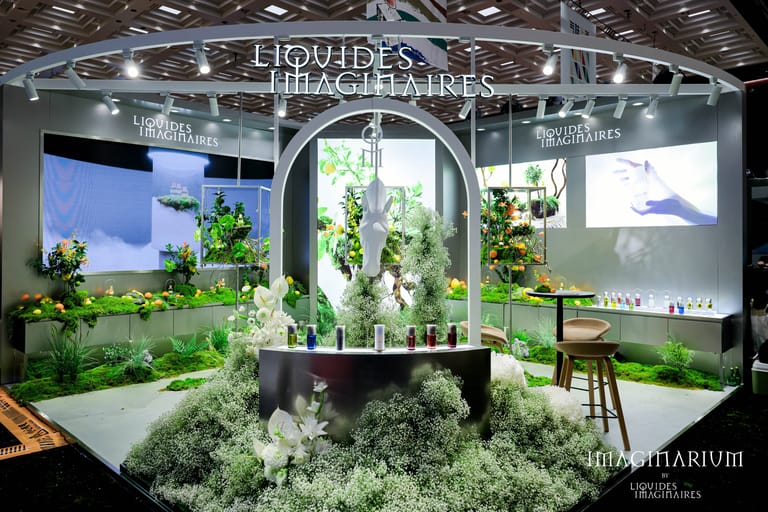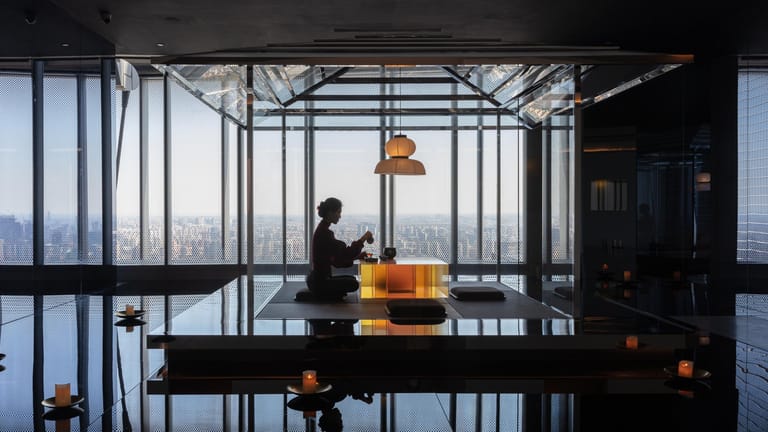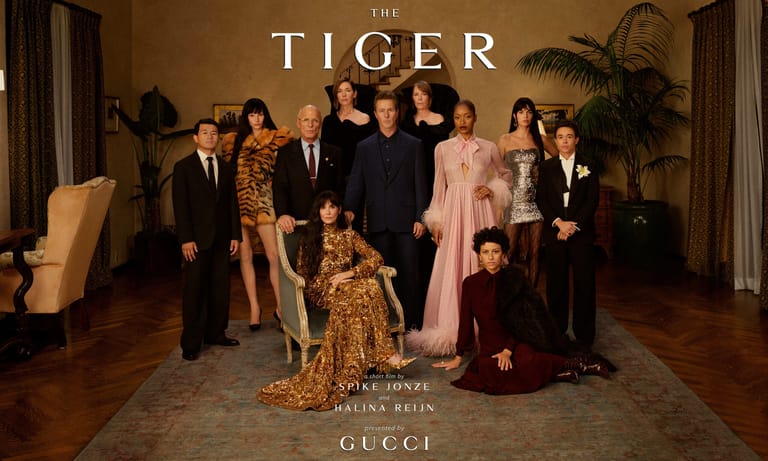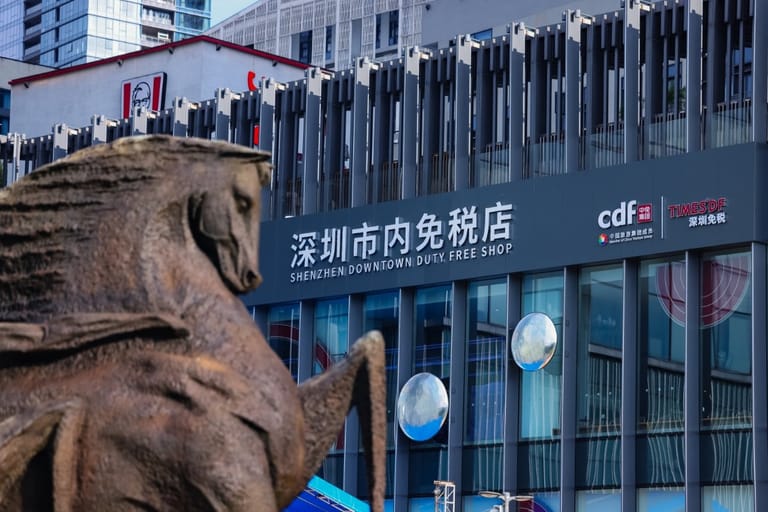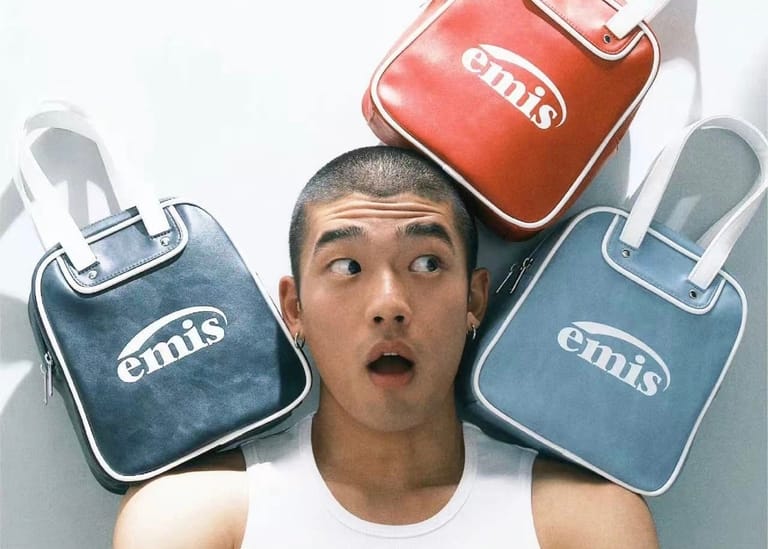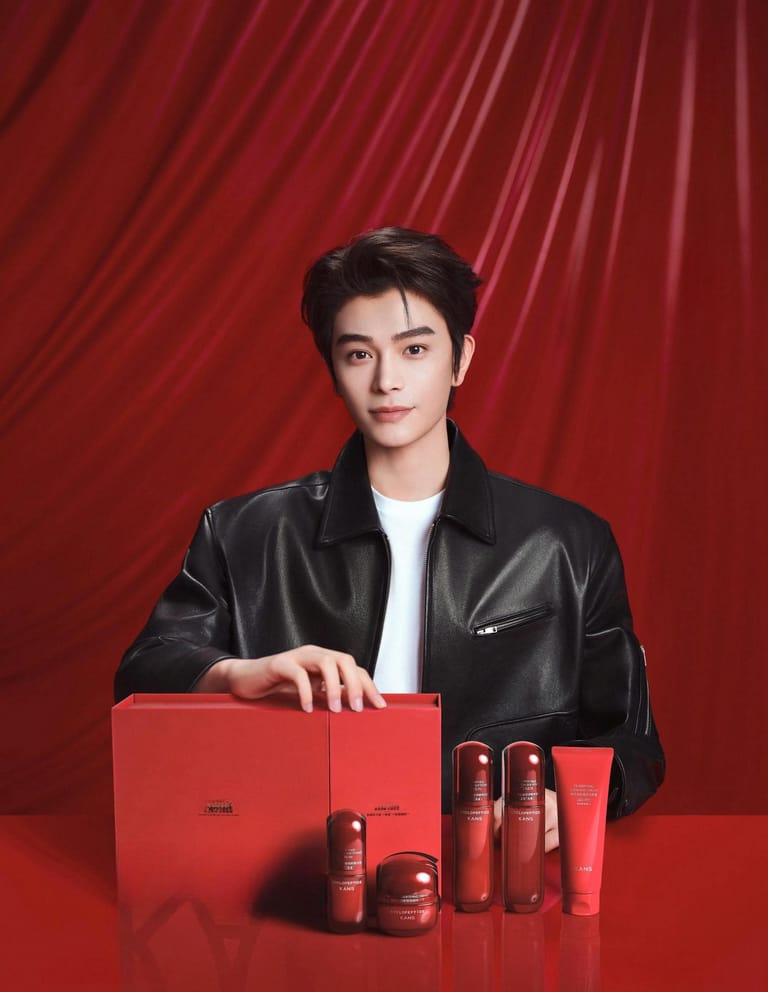Monday Briefing: A New World Order in Luxury and Lifestyle
By
Wenzhuo Wu

Published on
April 14, 2025
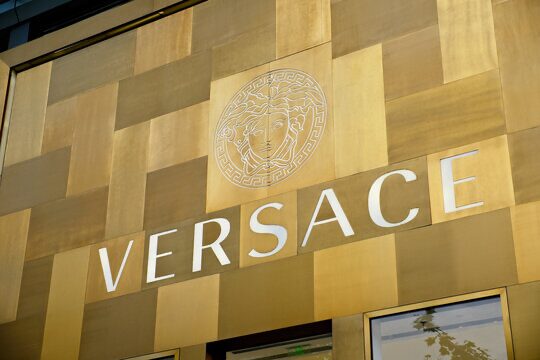
Start your week with sharp analysis and fresh insights into China’s latest cultural, luxury, and consumer trends. Monday Briefing connects the dots between local shifts and global repercussions, highlighting relevance to the luxury market, business strategies, and modern lifestyle trends shaping our world today.
This past week marked a series of pivotal shifts in global commerce, catalyzed by the latest round of US reciprocal tariffs—a sharp reminder of the growing convergence between China’s global ambitions and the West’s evolving priorities. In three separate but thematically linked moves, we saw Prada acquire Versace, Anta scoop up Jack Wolfskin, and Chinese tea brand Chagee push forward with a high-stakes US IPO. On the surface, they operate in vastly different sectors—fashion, sportswear, and tea—but viewed together, these stories reflect the changing contours of soft power, consumer capital, and influence in a world in flux.
Prada’s Play for Made-in-Italy
In a headline-grabbing move, Prada S.p.A. announced its 1.25 billion euro acquisition of Versace from Capri Holdings. The irony is delicious: An iconic Italian house, whose cachet has long been a global marketing tool for “Made in Italy,” is now being consolidated by another Italian luxury powerhouse. For decades, Italy exported not just products but culture—a sense of sprezzatura and craftsmanship—that Chinese consumers eagerly bought into. But in 2024, luxury isn’t just about taste. It’s about ownership, and who controls the narrative behind taste.
This deal signals Prada’s confidence in its own vertically integrated model and its ambitions to become a true luxury conglomerate. With Versace’s brash aesthetic and global name recognition, Prada is adding a weapon that complements its more understated elegance. The group’s CEO Andrea Guerra emphasized the need for “disciplined execution and patience,” underscoring the move as a long-term play for brand synergy, platform leverage, and global storytelling.

While not China-driven on the surface, Prada’s move indirectly speaks volumes about the Chinese market. Versace’s streetwear-leaning glamor, driven by star power, has a cult following among Chinese consumers. Prada, meanwhile, has cultivated a cerebral, arts-infused identity in China. By housing both under one roof, the group is better positioned to capture the full emotional and aesthetic spectrum of luxury consumption in China, which is increasingly sophisticated and pluralistic.
Anta’s Ambitions: The Next Phase of China’s Sporting Power
Meanwhile, Anta Sports, China’s homegrown sportswear behemoth, announced its $290 million purchase of Jack Wolfskin from Topgolf Callaway Brands. Though far smaller in scale than Prada’s deal, this acquisition is geopolitically significant. It shows a quiet confidence from Anta that its playbook—acquiring legacy Western brands and revitalizing them through its local expertise and manufacturing muscle—still works.
Jack Wolfskin, a beloved name in Europe for its Texapore outdoor gear, has been underperforming since being bought for nearly $476 million in 2019. Anta’s discounted acquisition price reflects not only the brand’s recent decline but also the growing willingness among Western businesses to unload legacy assets. For Anta, this is an opportunistic buy at the right time, aligning with China’s rising domestic interest in wellness, nature, and exploration—trends accelerated by the pandemic.

This move strengthens Anta’s position as the de facto Chinese answer to Nike or VF Corporation. With existing ownership of Fila China, Descente, and Amer Sports (parent of Salomon and Arc’teryx), Anta is systematically carving out an international portfolio rooted in performance and heritage. The synergy lies not only in product alignment but in supply chain mastery and branding localization—a space where Chinese companies increasingly lead.
Chagee and the Tea of Tomorrow
Then there’s Chagee. With over 6,000 stores worldwide, mainly in China, the brand is angling to become the country’s answer to Starbucks—by taking on coffee with tea. The chain is seeking a $5.1 billion valuation via a US IPO. The move is audacious, especially amid escalating U.S.-China trade tensions, the global tariff war,and continued scrutiny of Chinese companies listing abroad.
But Chagee, which specializes in raw-leaf fresh milk tea and operates a vertically integrated supply chain entirely based in China, is not just chasing capital—it’s driving a lifestyle. Call it Tea 2.0: sleek retail spaces, traceable provenance, and influencer aesthetics. In many ways, the brand is a product of the new nationalismamong Chinese consumers—one that prizes domestic innovation, but also wants the world to validate its tastes. The company will be listed under the ticker symbol CHA, which means tea in Chinese.
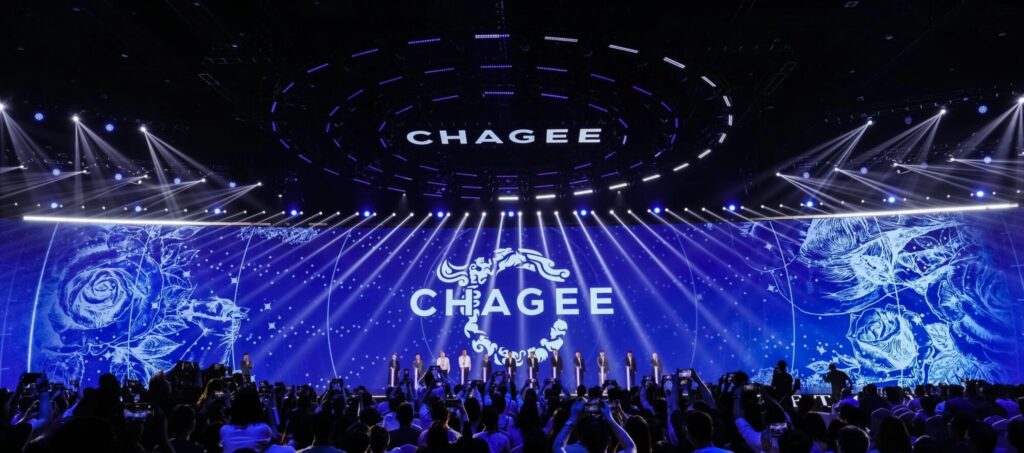
Still, this IPO bid isn’t without risk. The recent underperformance of other listed tea brands, tighter Chinese regulatory oversight, and the broader macroeconomic uncertainty hang heavy over the offering. But if Chagee succeeds, it could open the floodgates for a new generation of Chinese consumer brands to go global—not by imitation but by ambition.
What Ties These Threads Together?
At the heart of these three stories is a question of narrative control. Prada is fortifying Italy’s luxury legacy by consolidating its strongest assets. Anta is rewriting the script on how Chinese companies can rescue and relaunch Western brands. And Chagee is trying to globalize a distinctly Chinese lifestyle offering by tapping into the U.S. capital markets.
Each move reflects a recalibration of global economic and cultural flows. The West, burdened by high inflation, shrinking margins, and saturated markets, is increasingly willing to divest. China, despite its own economic headwinds, remains hungry, strategic, and forward-looking when it comes to shaping the next chapter of global consumer culture.
Whether through fashion, sportswear, or fresh milk tea, one thing is clear: China’s presence is no longer limited to consumption; it’s now embedded in the architecture of ownership, brand authorship, and, increasingly, aspiration.


